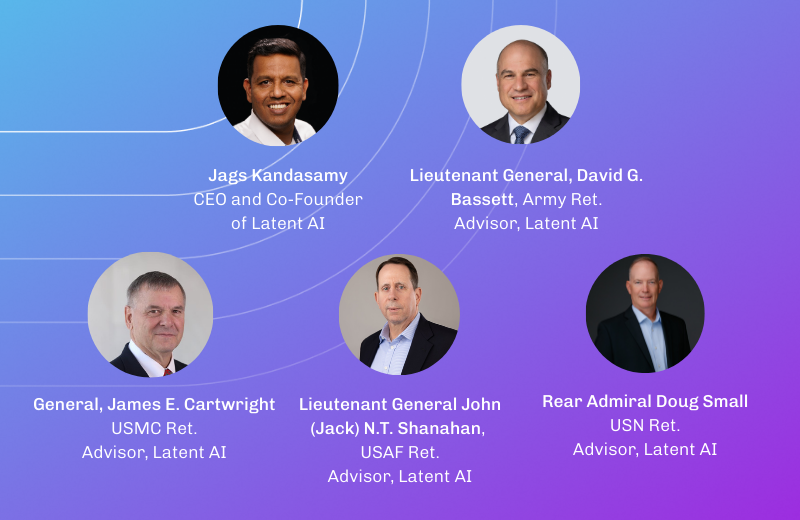Developers
Category: AI Industry Insights
Tactical Edge AI for JADC2 at the DSI AI for Defense Summit
Future proofing smart manufacturing with edge AI
The Manufacturing Industry is at a Crossroads The manufacturing industry is undergoing a seismic shift as it embraces Industry 4.0 and the potential advantages of digital transformation. Once characterized by rigid processes and slow-moving supply chains, factories are now expected to be agile, responsive, and sustainable. The pressure to increase efficiency, improve product quality, and … Continued
Embracing Edge AI: How to fuel growth with real-time decision-making
There is an artificial intelligence (AI) revolution happening, but it’s not in the cloud, and it doesn’t involve gigantic models that help you write term papers, create cool images, or generate sounds like a human voice. This revolution is a little closer to you—the user. It’s at the network edge in small devices like your … Continued
Practical edge AI terminology for businesses
Practical Edge AI Terminology for Business Decode Edge AI with a business glossary crafted by experts dedicated to unlocking the power of efficient and practical AI for real-world applications. Artificial Intelligence Artificial intelligence, or AI, refers to the technology that enables computers and machines to mimic human intelligence and problem-solving skills. Current examples of this … Continued
Forget the cloud, GIS and edge AI solve problems where they happen
Driven by the urgency to solve real-world challenges, organizations increasingly recognize the power of AI. Powerful cloud-based models like large language models (LLMs) or computer vision excel in the cloud but falter when faced with locations that have low bandwidth or fluctuating connectivity to the cloud. For organizations dealing with dynamic situations like disaster recovery … Continued
AI on the edge: Transformative trend predictions for 2024
As a provider of cutting-edge technology, we empower our clients by helping them imagine how Latent AI can solve their unique challenges. Because we sit at the intersection of both federal and commercial interests, we see a variety of use cases that range from adding more capabilities to edge devices like drones to improving the … Continued
Generative AI: No longer a black box
Part 1. The promise of Artificial Intelligence (AI) is rapidly becoming reality as its true potential begins to be tapped. The scope of what intelligent applications can do suddenly seems limitless. Re-fueled by the recent surge in Generative AI technology, continued advances promise to produce more capable intelligent systems that perceive, learn, and act autonomously on their own. But … Continued
Continual object detection in real-time: Adapting to an ever-changing world on the edge
Instant decision-making and processing is critical in missions where the slightest delay can have significant consequences. Consider search and rescue (SAR) teams entering disaster zones with limited and incomplete information. As the crisis unfolds, situations can change rapidly. This would require the team to quickly adapt their classifications by also accommodating entirely new elements. Without … Continued
Why building trust in AI begins in development
As AI becomes further integrated into all aspects of our lives, there is a strong need for us to be able to trust its decisions. Trust is the central part of our relationship with AI. If an AI system operates competently, interacts appropriately, and delivers reliably in an ethical manner, this trust can be established. Consider … Continued




